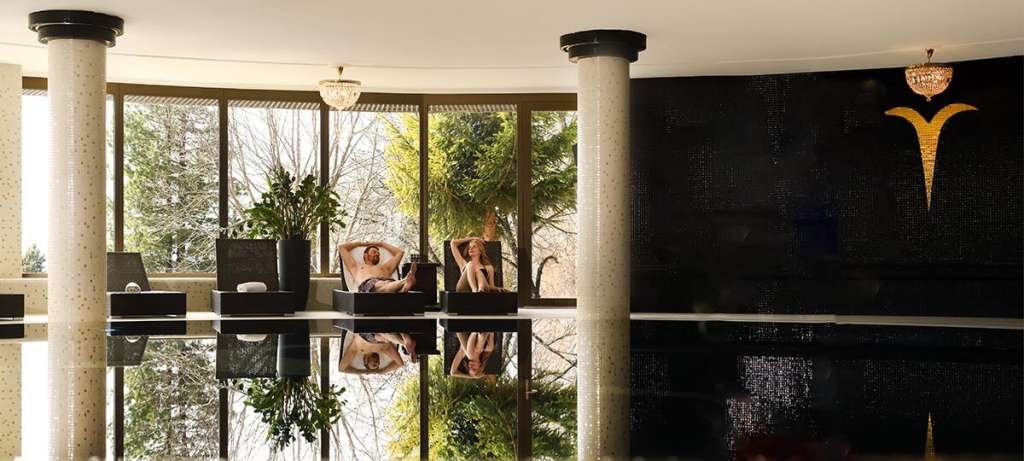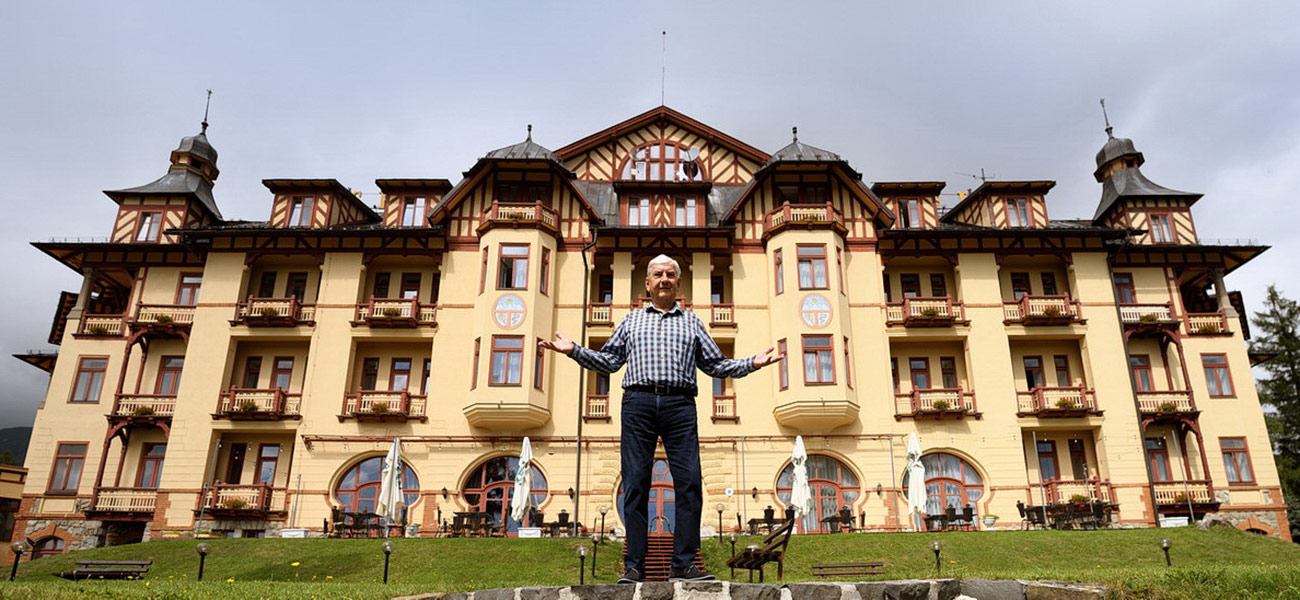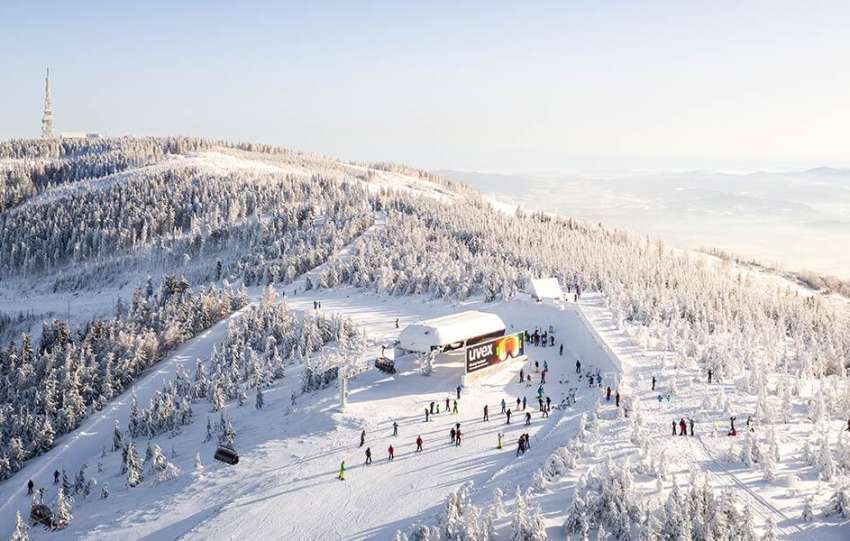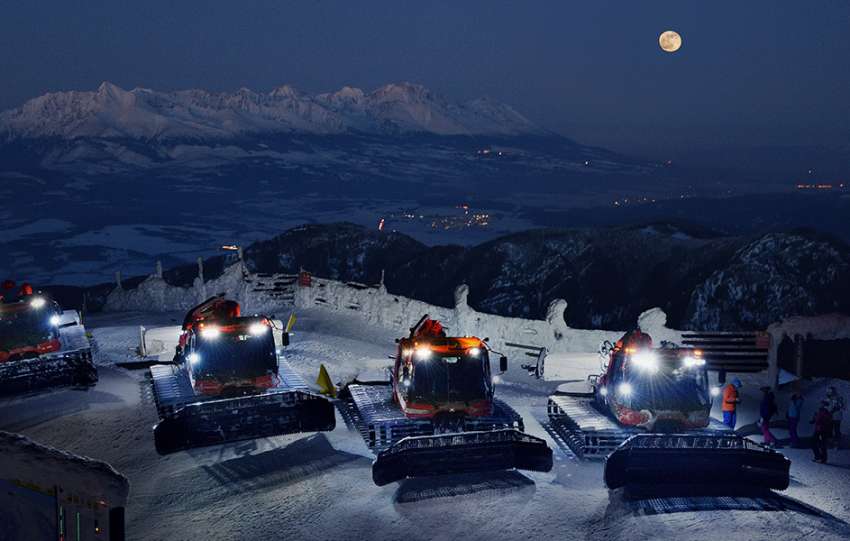Share This Article
Birth of the first grand hotel in the High Tatras
At the turn of the 19th and 20th centuries, resorts in the High Tatras struggled with a decline in visitors. Newspaper adverts tempted those accustomed to luxurious travel to coastal spas in the Balkans and the Italian Peninsula. The response of holidayers was positive and thus attractive publicity. The Hungarian Empire, which owned properties in Tatranská Lomnica and Štrbské Pleso, along with the Spiš Credit Bank in Levoča, as well as hoteliers in the Tatras, knew that the natural beauty of the Tatras alone was not enough to sustain tourism. The only way to bring guests back was by investing in spas, lavish hotels, bars and cafes.
After swift negotiations, Grandhotel in Starý Smokovec was built in record time. In February 1903, hotel designer Guido Hoepfner presented his plans to the bank board of directors, and after some adjustments, the groundbreaking ceremony took place in April 1903. The first true grand hotel of European calibre emerged to dominate the centre of Starý Smokovec, offering the utmost luxury the tourism industry could provide at the turn of the century.
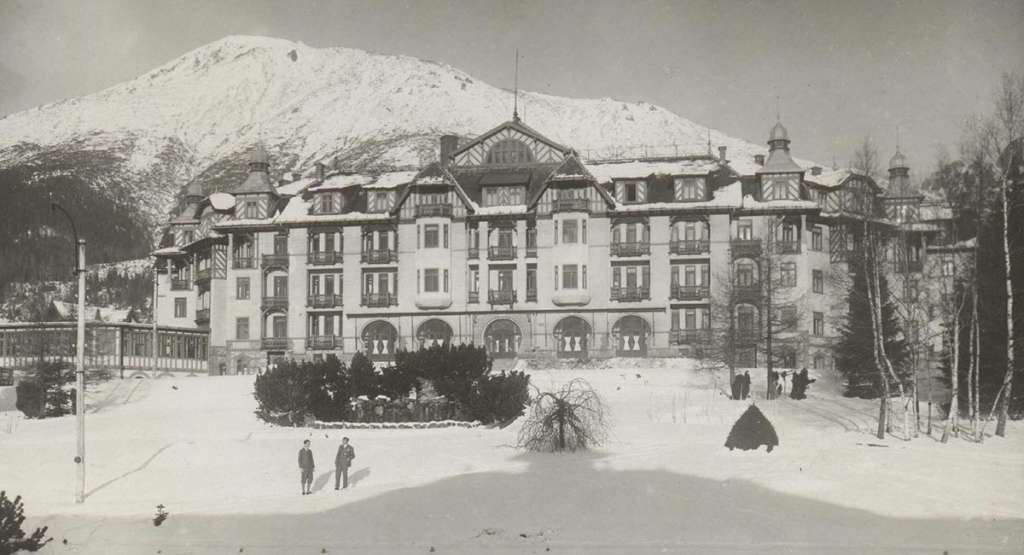
Guests of Grandhotel Starý Smokovec
The luxurious hotel became the heart of activity in the High Tatras, attracting wealthy clientele through skilful marketing. The Tatra Express ran regularly between Budapest and Poprad, bringing guests to the Grandhotel, which quickly gained a reputation comparable to the finest Alpine hotels. In addition to curious visitors coming to relax, architects from Germany and Switzerland made the journey to find inspiration.
The Grandhotel’s main clientele included Hungarian, Austrian, German, French and Romanian aristocrats, as well as wealthy business people and landowners.
The hotel’s clientele primarily consisted of holidaymakers, wealthier tourists and sports enthusiasts, mainly from abroad. The influx of affluent guests spurred the development of services in Smokovec. A post office, various shops, a pharmacy, the first barber shop, a hair salon and a photography studio were established. The spa management arranged cakes, riding horses, mountain guides for guests, stocked streams for trout fishing, provided hunters with nearly 800 hectares of hunting grounds, and even constructed tennis courts.
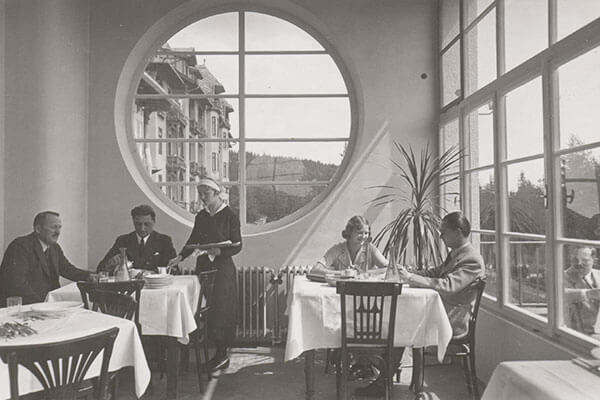
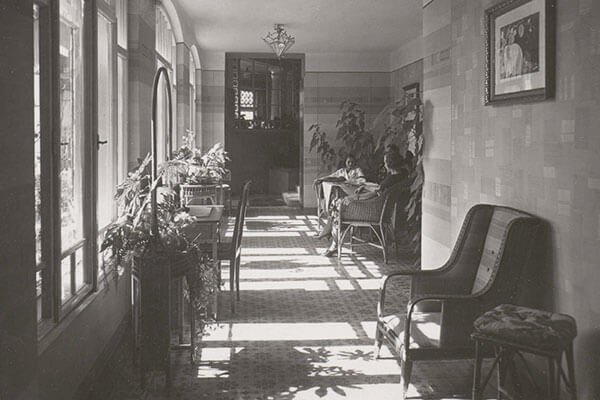
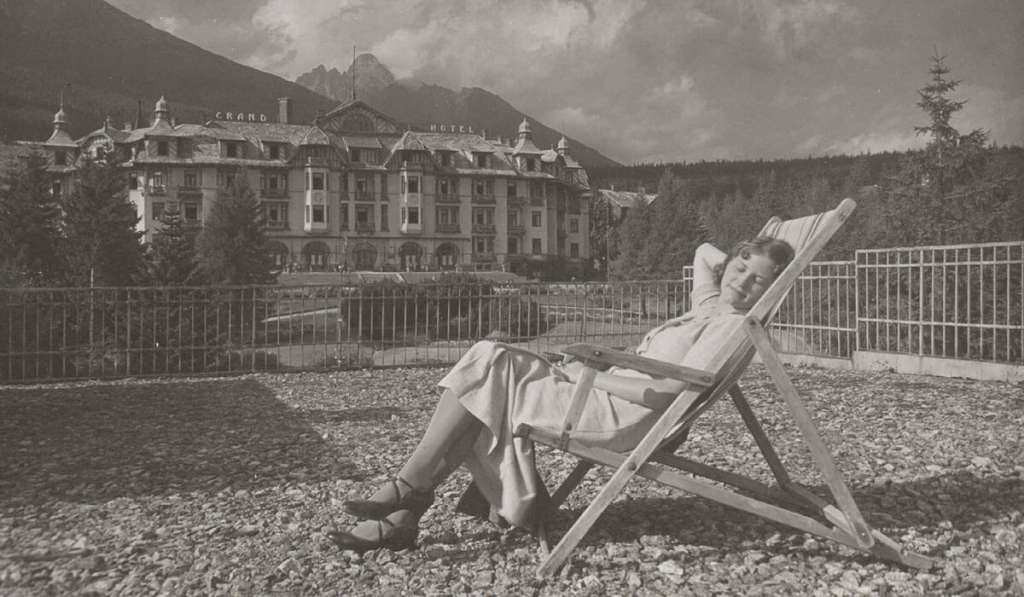
Quality hotel services
After a funicular was built, tourists could travel up to Hrebienok for 1 crown, with a return ticket priced at 1.60 crowns. A trumpet was sounded to gather passengers before each departure, and the funicular ran every half hour. If five passengers were ready, it would depart immediately.
Hotel guests enjoyed spa services at the Spa house, which had separate sections for men and women. A first-class bath cost 2 crowns, a luxury bath 4 crowns, a pine bath 2.50 and a mineral bath 3.50. The mineral water of Smokovec was piped into the spa. To attract public attention to the hotel, the spa management held various balls and social events, including the renowned Spiš Ball. The Grandhotel was also a regular venue for international bridge, chess and fencing competitions. In 1936, it provided guests with a new gramophone and a speaker, allowing them to enjoy music even without live performances.
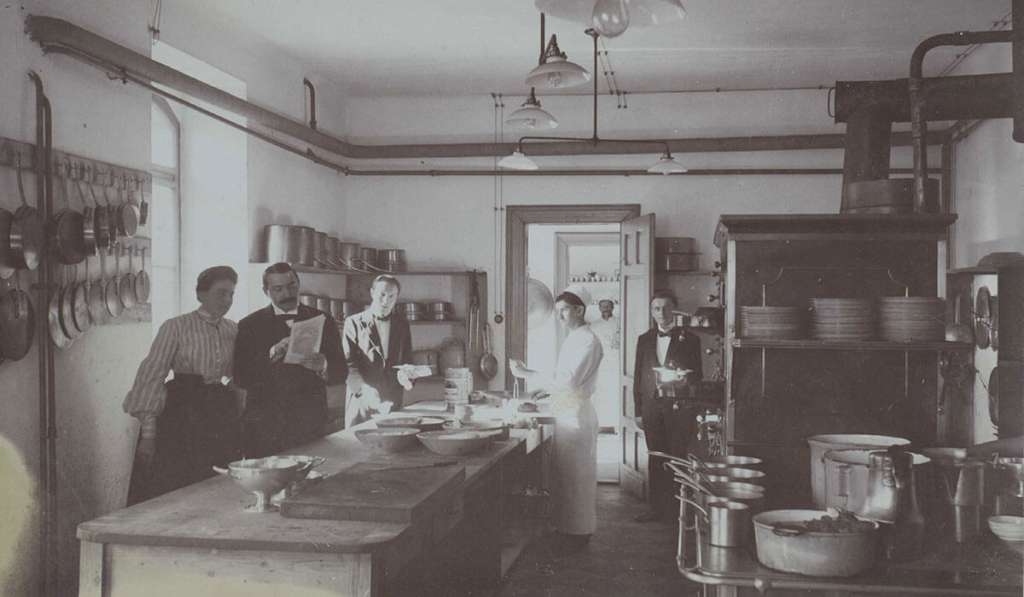
Winter season in the Tatras and the growth of winter sports
Winter seasons in Starý Smokovec have been a tradition since the opening of the Grandhotel. Before this, the area was deserted in winter, buildings were closed, and only a gardener with two assistants, a forester and a machinist with a few maintenance workers remained in the village. While visitors came during the summer season to look for relaxation, favourable climate and fresh air, the winter season aimed to attract sports enthusiasts. Thanks to the Grandhotel, winter sports gradually took root in Smokovec and then all over the Tatras. In December 1904, the Zipser Bote newspaper mentioned:
It is a pleasure to see visitors from polluted Budapest enjoying themselves,
finally discovering in our homeland what they sought in foreign spa resorts.“
The origins of skiing in the High Tatras date back to the 1860s. Skiing was promoted in sanatoriums as a health benefit. However, wealthy hotel guests of the Grandhotel were particularly charmed by skijöring – being pulled on skis by a horse. From 1905, professional ski coaches were operating in the Tatra villages, with the first being Vilhelm Durban-Hansen, a Norwegian skiing world champion from Oslo, hired by the Grandhotel for its guests’ benefit.
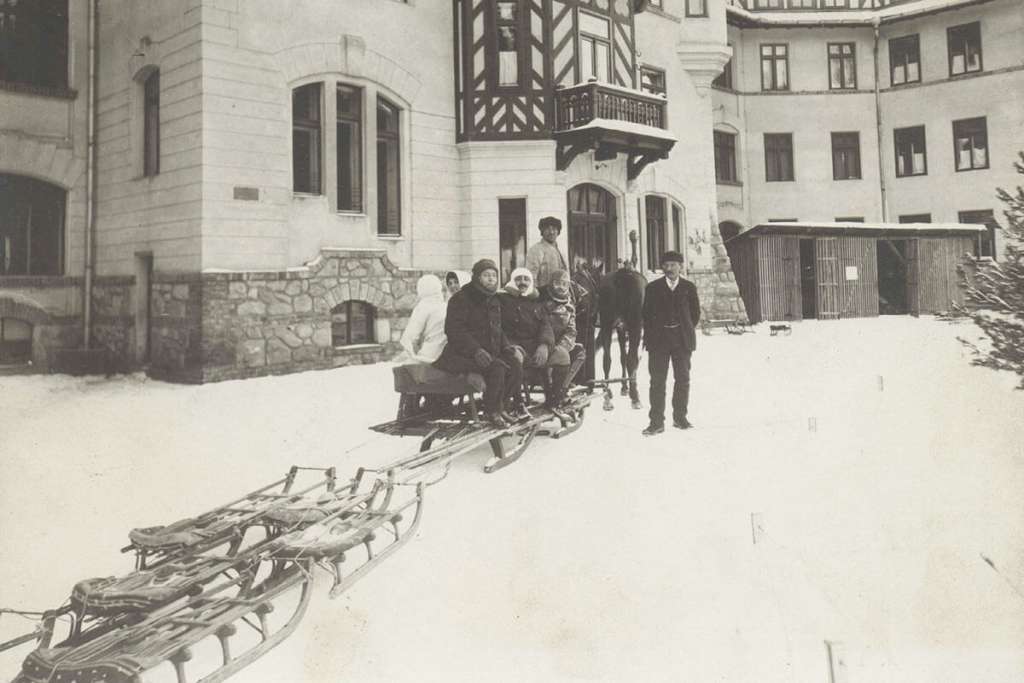
Notable personalities and dedicated suites
Over its 120 years of existence, the Grandhotel has hosted many individuals who left a mark on the history of Czechoslovakia and Slovakia. By dedicating specific suites to prominent figures, the hotel honours them and connects their legacy with the Grandhotel’s story.
In 2018, the first three suites were dedicated to unforgettable personalities: Vlasta Burian, the king of Czech humour; legendary athlete and multiple Olympic champion Emil Zátopek; and his wife, an Olympic champion; and charismatic Slovak actress Emília Vášáryová.
Later, the Grandhotel dedicated more suites to celebrated figures, allowing guests to stay at suites named after Lucie Bílá, Miroslav Donutil, Daniel Hevier, Martin Nikodým, Ivan Bella, Martina Moravcová and Pavol Habera.
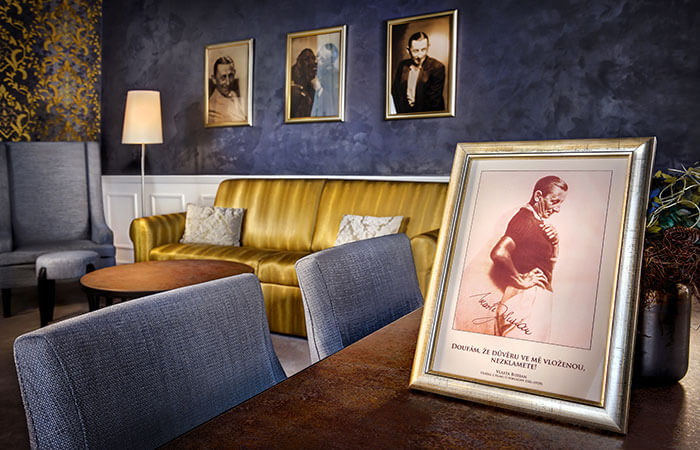
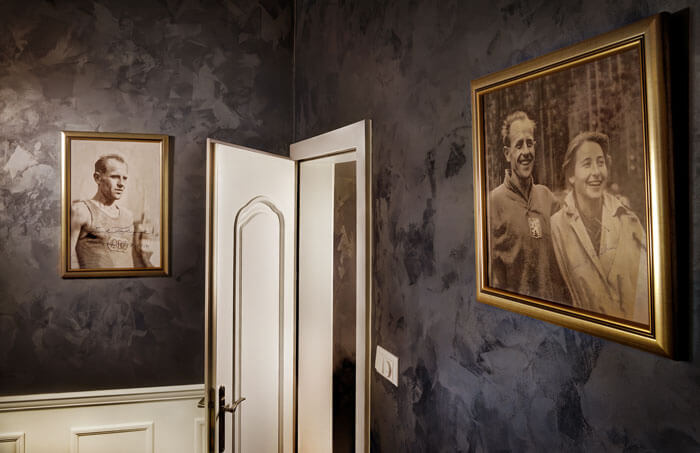
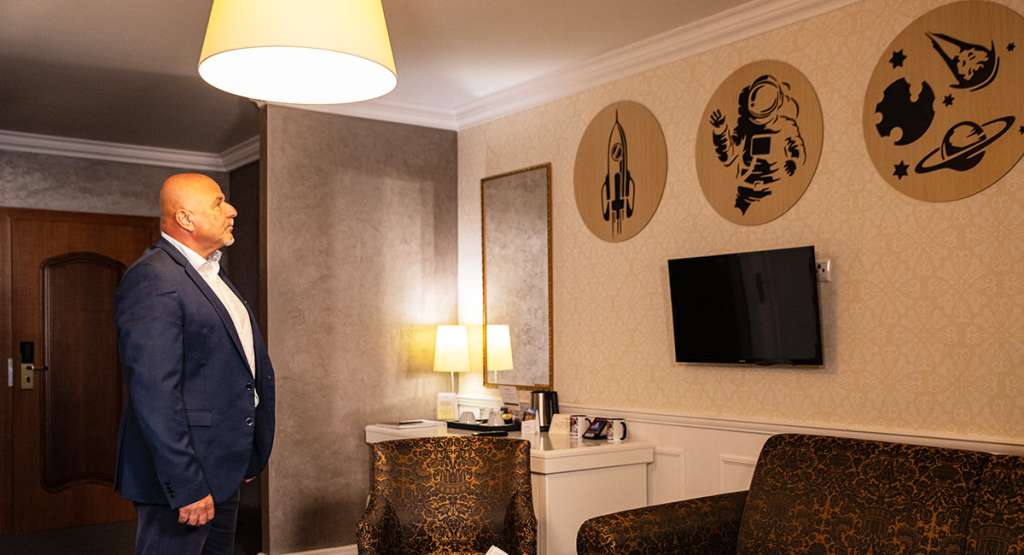
Why is Grandhotel Starý Smokovec so popular today?
The luxurious Art Nouveau architecture of Grandhotel Starý Smokovec is rich with history. Surviving the tumultuous periods of both world wars, the hotel retains its charm and offers guests a truly unique experience. Live music during dinner is a pleasant surprise and adds to the relaxing atmosphere.
Wellness retreats at Grandhotel Starý Smokovec are a sensory delight, as this place combines luxury, flawless relaxation and an enchanting space. After a full day of activities, the hotel Wellness & Spa offers the ideal way to unwind. By successfully blending rich history with modern services, Grandhotel Starý Smokovec remains the perfect hotel to stay at.
